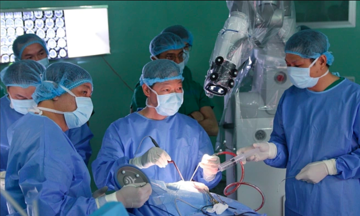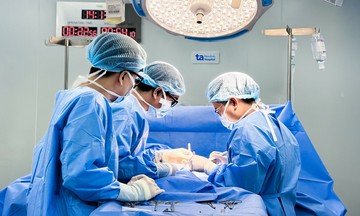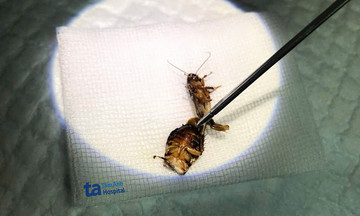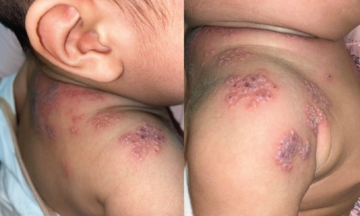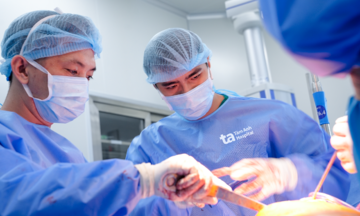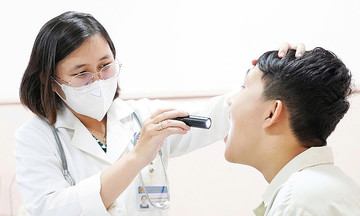Sweden's newly appointed health minister, Elisabet Lann, collapsed during her first press conference on 9/9. She returned shortly after, explaining that it was due to low blood sugar, also known as hypoglycemia.
Hypoglycemia occurs when glucose levels drop below a healthy threshold – typically below 70 mg/dL for people with diabetes, or below 55 mg/dL for others. Glucose is the brain's primary energy source, so a sudden drop can impair mental function, cause fainting, and even lead to seizures or coma if left untreated.
Hypoglycemia often comes with warning signs, and recognizing them early can be life-saving – or at least help you avoid a very public fainting spell. Common symptoms include trembling, shaking, or a rapid heartbeat; sweating, chills, or clammy skin.
Sudden hunger; dizziness or lightheadedness; confusion, irritability, or anxiety; pale skin, tingling lips or tongue; headache or blurred vision can also be caused by hypoglycemia. If blood sugar drops further, severe symptoms such as slurred speech, seizures, loss of coordination, and unconsciousness can occur.
While anyone can experience hypoglycemia, the risk is higher for people with diabetes, especially those using insulin or certain medications like sulfonylureas or meglitinides. Other risk factors include skipping meals or eating too little; exercising more than usual without adjusting food or medication; drinking alcohol, especially on an empty stomach. In addition, advanced age; impaired liver or kidney function; fasting or changes in schedule can also cause hypoglycemia.
Some individuals experience hypoglycemia unawareness, where warning signs are faint, increasing the risk of severe episodes. Continuous glucose monitoring can help in such cases.
Hypoglycemia is not just uncomfortable, but dangerous, potentially leading to death. Fainting or loss of consciousness can result in injuries or accidents.
 |
To stop a hypoglycemic episode, always carry fast-acting carbohydrates: glucose tablets, juice, honey, or candy. Photo: Viet Quoc |
To reduce the risk and prevent sudden hypoglycemia:
Eat regularly with balanced meals. Maintain stable blood sugar with meals and snacks that combine complex carbohydrates, protein, and healthy fats. For those with reactive hypoglycemia, small, frequent meals help prevent sugar crashes.
Use the "15-15 rule" for hypoglycemia. If you suspect low blood sugar (below 70 mg/dL), consume 15 g of fast-acting carbohydrates, wait 15 minutes, then recheck. If still low, repeat. Once stable, eat a snack with protein to maintain levels.
Monitor regularly. For those on insulin or experiencing frequent episodes, test blood sugar regularly or use a continuous glucose monitor (CGM). A CGM can alert you to drops before symptoms occur.
Prepare emergency supplies. Always carry fast-acting carbohydrates: glucose tablets, juice, honey, or candy. If someone cannot swallow, a glucagon kit (injection or nasal spray) is essential. Teach those around you how to use it and call emergency services.
Track and adjust. Log when hypoglycemic episodes occur, what you ate, and your activity level. Share this with your doctor to adjust your plan.
Adjust your response to activity. Increase food intake or decrease medication if physical activity is higher. Monitor levels before and after exercise.
Inform friends and family of the signs. Let those close to you know your warning signs. In case of a severe episode, they will know when to help or when to call for medical support.
My Y (Times of India)



